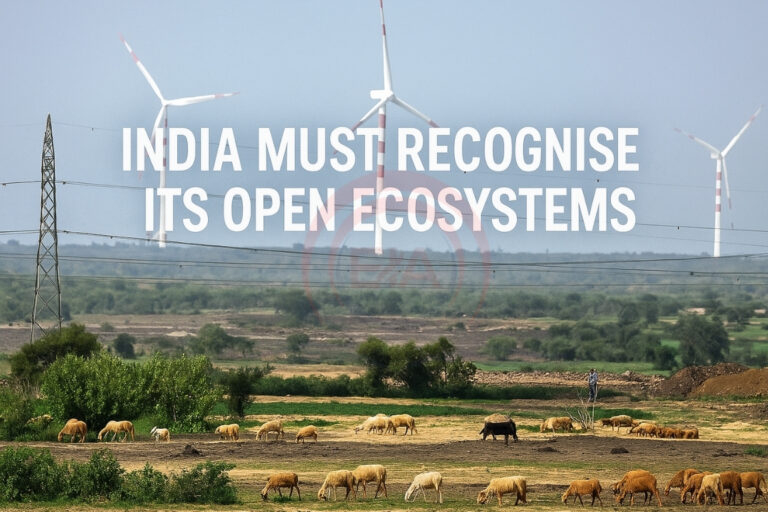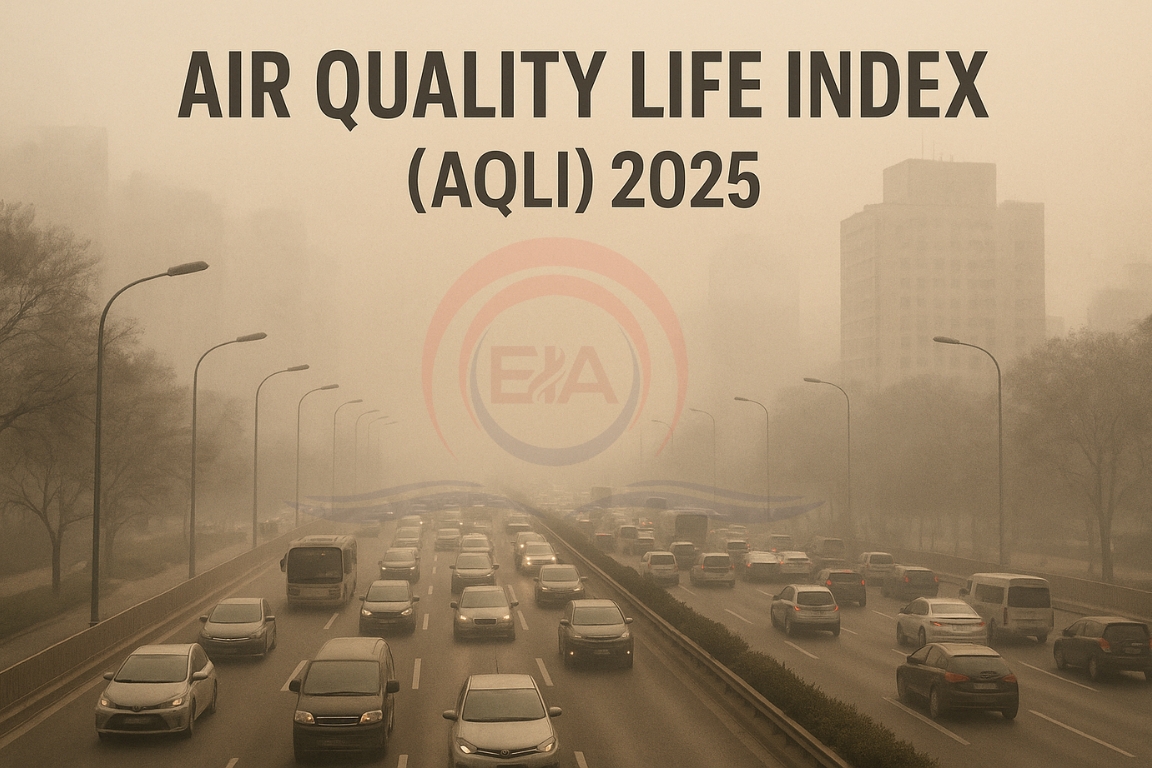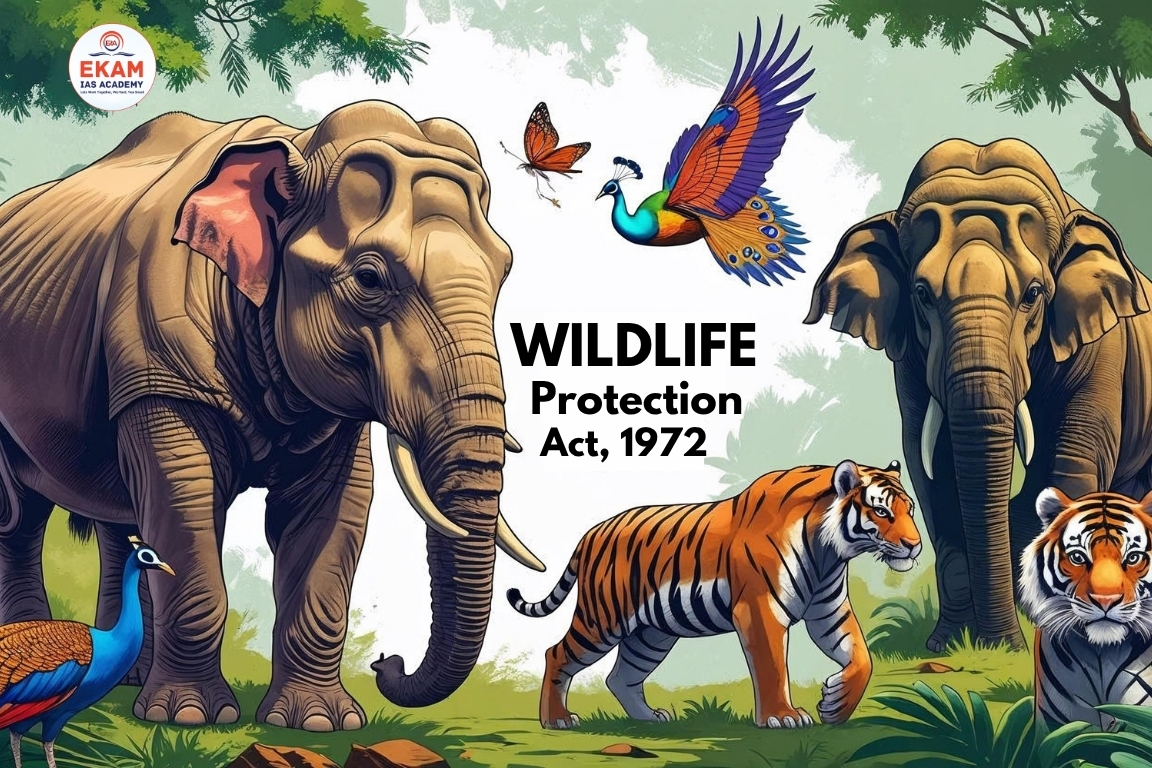India’s open ecosystems like deserts, grasslands, and savannas are being wrongly treated as “wastelands,” sparking concern among ecologists and pastoral communities. Experts urge a relook at policies that degrade these valuable lands in the name of development.
Open ecosystems
- Open natural ecosystems in India, such as deserts and grasslands, are wrongly classified as wastelands.
- These areas are ecologically rich and vital for biodiversity, traditional livelihoods, and carbon storage. Treating them as unproductive land harms both nature and people.
Why Deserts and Open Lands Matter
- Deserts cover one-third of Earth’s land and are home to specially adapted plants, animals, and ancient human cultures.
- Civilisations like Egypt, Mesopotamia, and the Indus Valley thrived in desert climates.
- India’s deserts and open landscapes like grasslands and savannas support unique species like the Great Indian Bustard and Indian wolf.

Misclassification as Wastelands
- Official maps label millions of hectares of open ecosystems as wastelands — a colonial concept.
- These areas are often targeted for afforestation, farming, or industrial use.
- Tree planting in these areas can disturb native vegetation and local ecology.
Pastoralist Communities at Risk
- Groups like the Dhangar, Rabari, and Kuruba depend on grasslands for livestock grazing.
- When these lands are fenced or turned into forests, it disrupts livelihoods, mobility, and traditional knowledge.
- Pastoralists often act as natural guardians of biodiversity.
The Way Forward
- Focus on restoring land with native species, water conservation, and soil health.
- Use local knowledge and low-tech methods like rotational grazing and water harvesting.
- Policies should reward soil carbon storage and respect ecosystem diversity.
- Recognise deserts and grasslands as living, valuable ecosystems—not degraded lands.
TYPES OF LANDS IN FOREST SURVEY
In the Forest Survey of India (FSI) reports, especially in the India State of Forest Report (ISFR), land is classified into different types based on tree canopy density and land use. Below is a simplified classification as per the ISFR:
Types of Lands in Forest Survey (as per ISFR)
Forest Cover
This refers to actual forested area on the ground, irrespective of ownership or legal status.
It is classified into 3 categories:
- Very Dense Forest (VDF): Canopy density ≥ 70%, Indicates good forest health
- Moderately Dense Forest (MDF): Canopy density 40% to <70%, Generally found outside protected areas too
- Open Forest (OF): Canopy density 10% to <40%, Often degraded or fragmented
Scrub
- Canopy density <10%
- Represents degraded forest land with scattered trees/shrubs
Non-Forest
- Land that does not have tree cover or is used for: Agriculture, Urbanization, Industry, Infrastructure
Recorded Forest Area (RFA) / Forest Area
- Legally defined under forest laws
- Includes: Reserved Forests, Protected Forests, Unclassified Forests
- May or may not have actual tree cover
Conclusion:
India must shift from “greening” deserts to valuing and protecting its open ecosystems. These lands are not wastelands, but rich in life, culture, and sustainability.





